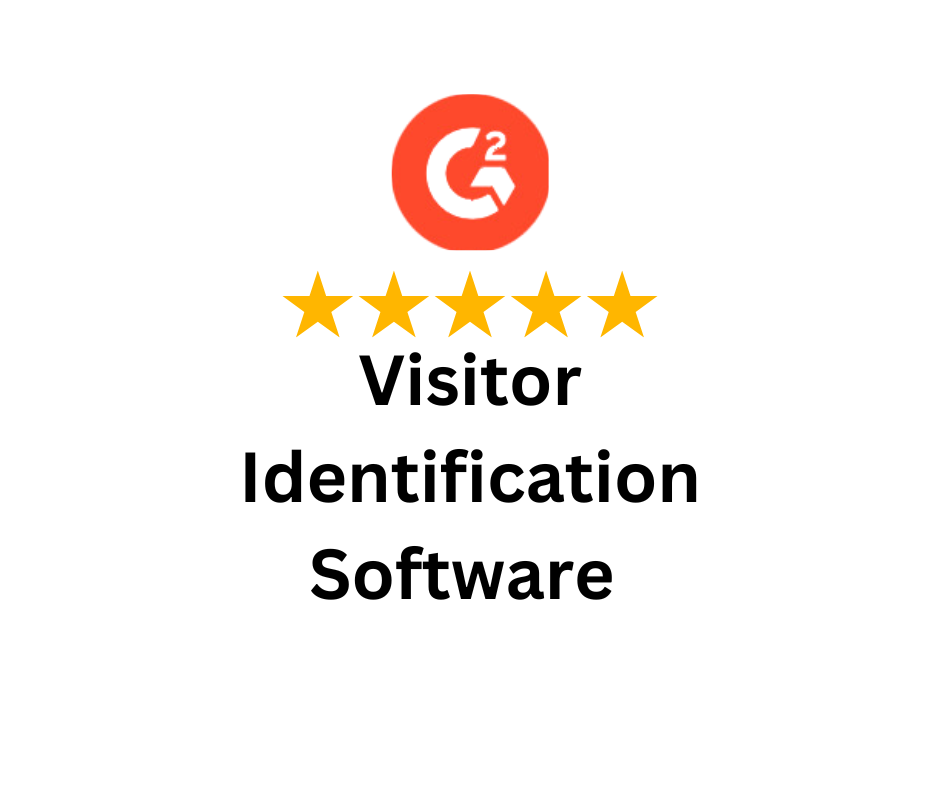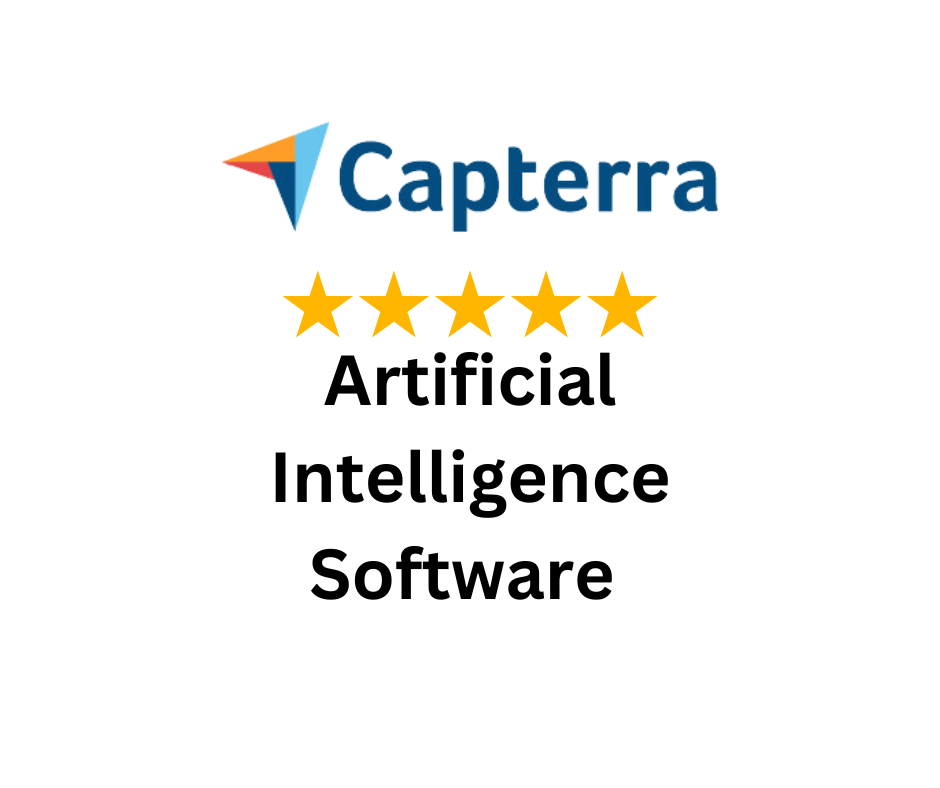What would you do if your inbound pipeline dried up tomorrow?
In 2025, successful SaaS brands don’t wait for prospects; they go out and get them.
Despite the hype around inbound marketing, research shows that phone outreach, personalized cold email campaigns, and LinkedIn social selling are still fueling high-growth SaaS sales teams.
In fact, multichannel outbound sequences drive higher engagement, and 37% of reps say the phone is their most effective sales tool.
But outbound isn’t just about blasting messages into the void.
Today’s strategies use data-enriched targeting, AI powered personalization, and account based marketing to pinpoint and persuade decision makers in crowded inboxes.
The challenge isn’t “does outbound work,” it’s “are you doing it smartly, compliantly, and with real measurement?”
This guide breaks down actionable tactics, fresh tech stacks, and quality metrics powering SaaS outbound success in 2025, plus honest snapshots of what works in real campaigns and why.
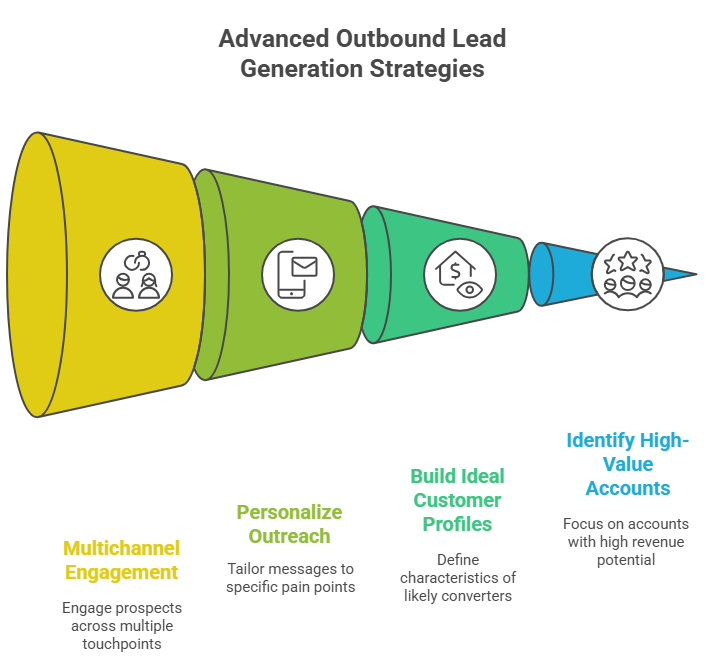
Understanding how outbound and inbound approaches differ is key for SaaS marketers in 2025. Outbound means taking the initiative, reaching out directly to potential customers through cold emails, phone calls, LinkedIn messages, and paid ads. In contrast, inbound attracts prospects by providing helpful content, resources, and experiences that answer their needs and spark interest naturally.
Outbound strategies are all about proactive outreach. Sales and marketing teams identify their ideal customers, build targeted lists, and launch personalized campaigns. Instead of waiting for leads to find you, outbound opens doors to new contacts, sometimes before they even realize they need your solution.
Inbound is often cheaper per lead and builds long-term brand trust, but it takes time to scale. Many SaaS teams prefer inbound for nurturing high-intent buyers who start their journey with a question or content search. Outbound, meanwhile, excels when you need to:
The smartest SaaS teams don’t choose just one approach; they blend both. Inbound warms up prospects and establishes authority, while outbound delivers speed, new relationships, and a chance to test out new markets or product angles quickly.
This synergy lets you ramp up sales quickly with outbound while building sustainable growth through inbound, leveraging the strengths of each channel for different business goals.
Outbound lead generation for SaaS companies works best when it’s sharp, targeted, and relevant. For SaaS companies, this means moving well beyond generic email blasts and into the realm of precision marketing. Let’s break down how today’s top-performing teams structure and deliver personalized outreach that actually converts.
Account-Based Marketing (ABM) flips the traditional funnel. Instead of marketing to a wide audience, you build focused campaigns for specific high-value accounts. ABM starts by identifying targets with the highest revenue potential using firmographic data (industry, size, location) and intent signals (what accounts are searching for, tools they use, and recent funding rounds). Data-driven tools and AI suggest which accounts are most likely to buy, letting you concentrate resources on prospects who matter most.
An Ideal Customer Profile defines the characteristics of accounts most likely to bring value and convert. Teams gather insights such as job titles, pain points, technology stack, and growth stage, and build lists based on real conversion data. Strong ICPs inform messaging, targeting, and even product positioning.
Modern outbound leaves “Hi [Name]” in the past. The most effective campaigns reference specific pain points, timely company news, competitor shifts, or industry trends. AI and sales intelligence tools surface movement in target accounts, like leadership changes or new product launches, making each touch more relevant and likely to spark a response.
Winning teams engage buyers across multiple touchpoints:
Combining these channels boosts brand recall and shortens the sales cycle. Smart automation tools now orchestrate when and how each message is delivered based on prospect engagement.
By utilising ABM, building clear customer profiles, and running coordinated multichannel campaigns, SaaS companies in 2025 turn outbound from guesswork into a repeatable process. This approach helps them secure high-quality leads and close larger deals.
In today’s SaaS sales environment, success hinges on using the right tools to gather intelligence, automate outreach, and personalize conversations at scale.
Here’s a deep dive into advanced platforms that help SaaS teams win with outbound lead generation in 2025.
Sales intelligence platforms provide rich data for building highly targeted prospect lists and understanding potential buyers. Tools like ZoomInfo excel at offering verified contact details, firmographic data, and technographic insights, ensuring you reach the right decision makers.
Platforms such as Cognism prioritize compliance with privacy laws while offering extensive, up-to-date B2B contacts. 6sense leverages intent data and AI to identify when accounts are actively researching solutions, enabling timely outreach.
AI-enhanced tools optimize outreach sequences by predicting when prospects are most likely to respond and recommending the best messaging. Systems like Salesloft and Outreach automate multichannel sequences while analyzing conversations to highlight buyer engagement signals. These platforms track opens, clicks, replies, and meetings, allowing reps to focus on leads showing high purchase intent. Conversation intelligence tools analyze calls and messages to uncover insights, helping refine future outreach strategies.
Platforms such as HubSpot and Marketo integrate campaign automation with deep personalization. They segment prospects by behavior and firmographics, sending contextually relevant emails, social messages, or ads. Advanced workflows can trigger follow-ups based on actions like demo requests or content download. The combination of automation and personalization boosts relevance and lead conversion without overwhelming sales teams.
By combining robust sales intelligence, AI-driven outreach optimization, and sophisticated automation platforms, SaaS companies can run smarter, scalable outbound campaigns. These tools turn manual, guesswork-driven outreach into a data-backed process that nurtures high-quality leads efficiently and compliantly, giving reps more time to close deals with the right prospects.
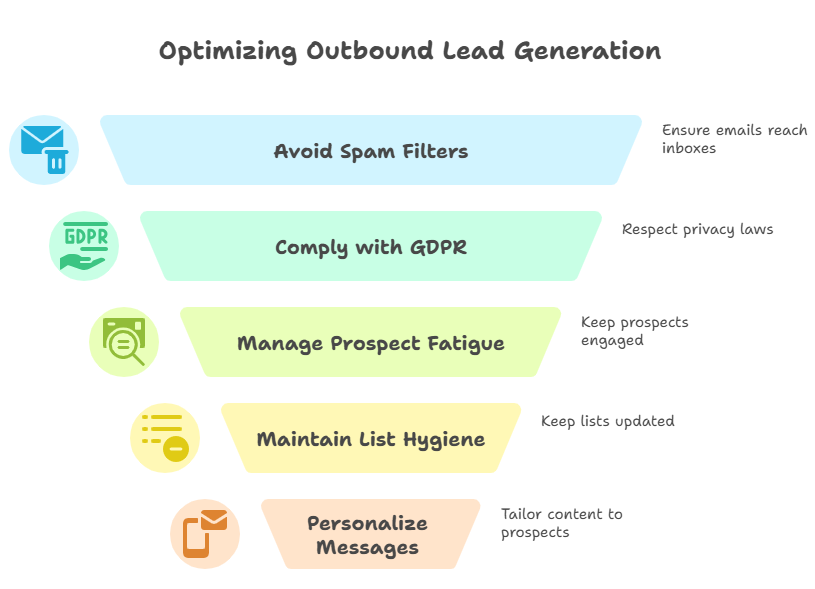
For SaaS companies, outbound lead generation can feel like a high-stakes game. But successful teams have developed tested tactics that connect, engage, and convert prospects efficiently. Let’s explore practical outreach frameworks, compelling case studies, and creative methods that work in 2025.
A winning cold email isn’t about selling hard but opening a conversation. Start with a brief, personalized introduction referencing a pain point or recent news about the prospect’s company. Follow with a clear value proposition in one or two sentences, and end with an easy, low-commitment call-to-action like a 15-minute call or demo invite. For example:
Hi [Name], I noticed [company] recently expanded into [new market], which often brings challenges in [specific issue]. Our platform helped similar companies reduce onboarding time by 30%. Would you be open to a quick call next week to explore?
Successful sequences space follow-ups every 3 to 5 days, adding incremental value, like a relevant blog post or case study, in later emails to keep engagement warm without pressure.
LinkedIn remains a powerful channel for B2B. Start by engaging prospects’ posts authentically before sending a connection request with a personalized note. After connecting, share targeted content or invite prospects to exclusive events such as webinars addressing specific industry issues. Timing is key; don’t pitch immediately, but build rapport with thoughtful messages highlighting shared challenges or interests.
Cold calling can yield results if structured around problem discovery rather than hard pitching. A strong script asks relevant questions about pain points, challenges, and current solutions, positioning your SaaS as a potential answer. For example:
“Hi [Name], I’m curious how you’re handling [common challenge]. We’ve helped companies cut costs and improve efficiency with [product]. Would you be interested in a brief chat to learn more?”
Referral programs remain goldmine channels, motivate current clients or partners with incentives for introductions. Hosting webinars or live events tailored to your ICP allows personal connections and inbound capture after outbound invitations. These events spark meaningful conversations, nurture warm leads, and fill pipelines with qualified prospects.
By combining empathetic, data-driven outreach with LinkedIn engagement, thoughtful calling, referrals, and events, SaaS teams can run outbound campaigns that resonate and convert in 2025.
Practical examples and adaptable frameworks demystify the process, empowering marketers to apply proven tactics that deliver measurable growth.
Tracking the right metrics is essential to understanding how effective your outbound lead generation is and to optimizing your campaigns for better results.
Here’s a breakdown of key metrics and analytics SaaS teams need to focus on in 2025 to ensure outbound efforts convert into real revenue.
Proper attribution links touchpoints to sales outcomes.
Beyond volume, tracking the quality of leads is crucial. Use:
In 2025, combining these metrics with analytics dashboards and CRM integration empowers SaaS teams to continuously optimize outbound outreach. The right data-driven approach leads to higher conversion rates, shorter sales cycles, and better marketing ROI.
Outbound lead generation faces real hurdles, from spam filters to strict privacy laws and prospect fatigue. For SaaS companies in 2025, success demands smart practices that prioritize relevance, respect, and legal compliance.
Email providers use complex algorithms that flag overly promotional or repetitive messages as spam. To stay clear, ensure your outreach is targeted, personalized, and varied. Use clean, verified email lists and avoid deceptive subject lines or excessive capitalization. Warm up new domains gently with low volume emails and gradually increase outreach.
The General Data Protection Regulation (GDPR) governs how you can collect, store, and use personal data in many regions. It requires you to obtain explicit consent or have a legitimate interest before contacting prospects. Always disclose how you got their data and provide clear opt-out mechanisms. Treat consent as permission, not a hurdle; respecting privacy improves brand reputation and email engagement rates.
Repeated, irrelevant outreach causes prospects to tune out or unsubscribe. It’s essential to space communications thoughtfully, vary messaging formats (emails, calls, social), and continually refresh lists to avoid stale contacts. Listening to engagement signals helps time follow-ups smarter; pause if unanswered, ramp up when warm.
Regularly clean your email lists by removing bounced addresses and unsubscribes. Segment by engagement level and buyer persona to maintain relevance. Use tools that detect inactive or outdated contacts.
Maintain a balanced outreach frequency, enough to stay top of mind but not overwhelm. Prioritize quality over quantity by tailoring messages to the recipient’s role, pain points, and context. Personalization is your best defense against prospect fatigue and spam filtering.
In 2025, outbound and inbound aren’t opposing forces; they’re complementary gears in your growth engine. Outbound outreach supports and accelerates inbound by engaging prospects showing early signs of interest, connecting before competitors do.
Timing outbound efforts to inbound signals, like website visits, content downloads, or free trial sign-ups, creates a seamless buyer journey. When a prospect engages with your blog or requests a demo, targeted outbound messages can nudge them toward the next step with personalized outreach, increasing conversion likelihood.
Product-led growth enhances this by offering free trials that generate rich behavioral data. Sales teams use this data to prioritize and personalize outbound communication, focusing on users exhibiting high engagement or feature adoption.
Leveraging analytics from content interaction and trial usage lets outbound campaigns become more relevant, timely, and effective, turning warm prospects into customers faster. This integrated approach combines inbound’s trust building with outbound’s precision and speed, delivering a powerful hybrid growth strategy for SaaS companies in 2025.
In the dynamic landscape of SaaS marketing and sales, integrating advanced AI tools can make all the difference in converting traffic into paying customers. CausalFunnel is a leading AI platform designed to supercharge both outbound and inbound lead generation efforts by leveraging cutting edge technology, data driven insights, and privacy compliant tracking.
AI-Powered Visitor Conversion and Behavioral Scoring
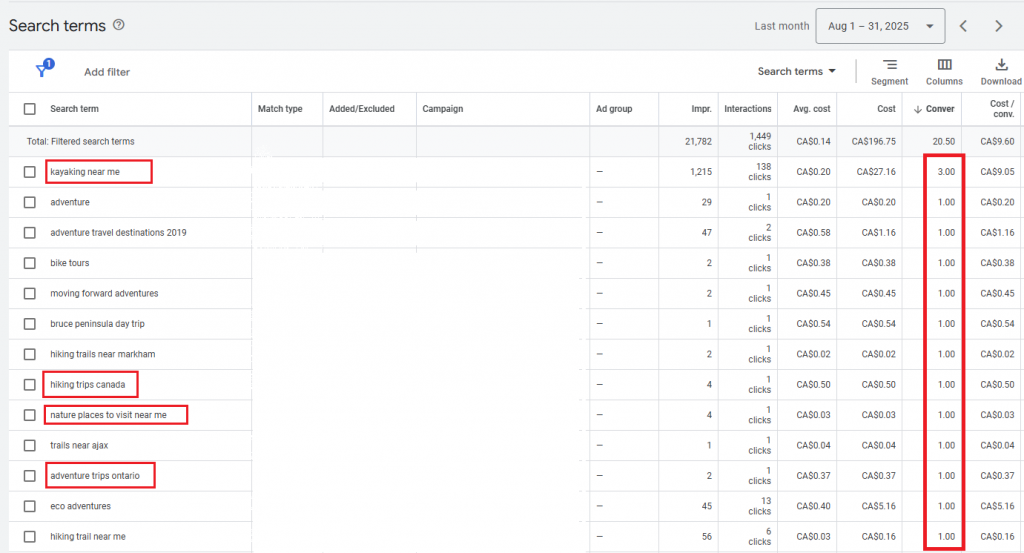
CausalFunnel transforms anonymous visitor data into actionable sales prospects. Its AI algorithms analyze behavioral patterns, segment users at a granular level, and predict purchase intent with remarkable accuracy. This allows sales and marketing teams to prioritise leads that show genuine buying signals. These signals can come from inbound pathways such as content engagement or free trials, as well as from outbound outreach efforts.
Cookie Agnostic Tracking and Better Attribution
As privacy regulations tighten and cookies phase out, CausalFunnel’s cookie-agnostic platform provides a unique advantage. Using DeepID technology and automated offline conversion pushes, it enables accurate tracking and attribution across multiple channels and devices. This ensures marketers understand which campaigns and touchpoints truly drive revenue without relying on traditional cookie tracking.
Automated Experimentation and Funnel Optimization
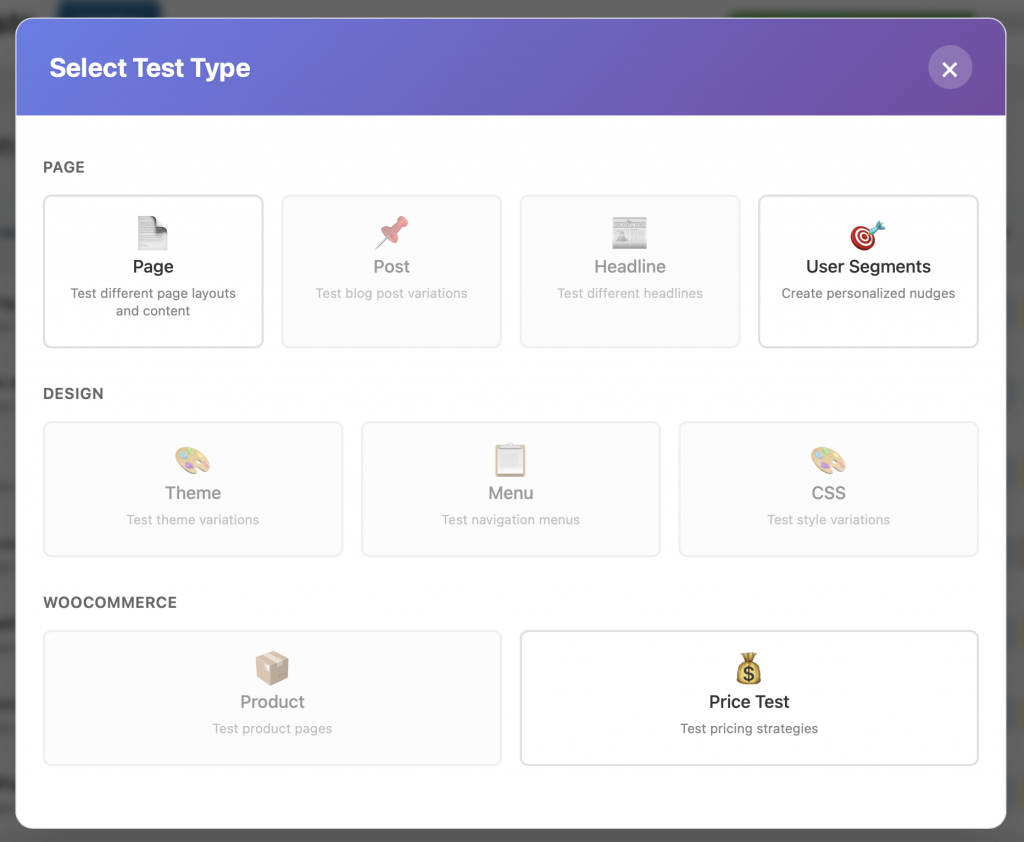
Manual A/B testing and optimization often take too long or require too much guesswork. CausalFunnel automates variant testing across ads, landing pages, and conversion incentives. It finds winning strategies faster and continuously learns to allocate resources to the highest performing campaigns, maximizing ROI.
Seamless Integration and Expert Guidance
The platform integrates smoothly with popular marketing, CRM, and analytics tools, creating a cohesive ecosystem for lead management. CausalFunnel also offers expert consultation to tailor strategies to your business needs, enhancing outcomes with personalized support.
Real World Results
Businesses using CausalFunnel report drastic improvements in lead capture and conversion rates, some doubling returns while reducing wasted spend. From small DTC brands to SaaS enterprises, its AI-driven approach delivers measurable growth and a competitive edge.
Outbound lead generation remains a powerful growth lever for SaaS companies navigating a crowded marketplace. While inbound marketing builds long term trust and attracts buyers actively searching for solutions, outbound lets sales teams take control, reaching decision makers directly and accelerating the pipeline.
The future of SaaS lead generation lies in integrating outbound with data driven personalization, AI powered automation, and a multi channel mix that resonates with today’s savvy buyers. Outbound shortens sales cycles by targeting the right prospects with relevant messaging at just the right time. It also opens new markets and delivers predictable pipeline growth even when inbound slows or plateaus.
Success emerges from finesse: combining account based marketing, intent signals, behavioral analytics, and consistent measurement to optimize results continually. SaaS companies embracing this hybrid approach unlock higher quality leads, better engagement, and more closed deals.
Whether starting fresh or refining current efforts, marketers should explore smart outbound strategies as part of a balanced playbook. Experiment, measure rigorously, and adapt quickly to ensure outbound remains a key engine for scalable SaaS growth in 2025 and beyond.
Empowering businesses to optimize their conversion funnels with AI-driven insights and automation. Turn traffic into sales with our advanced attribution platform.
